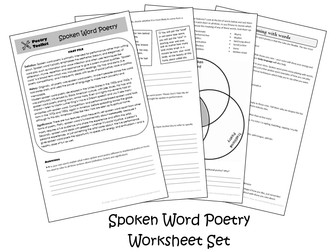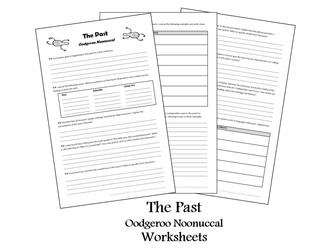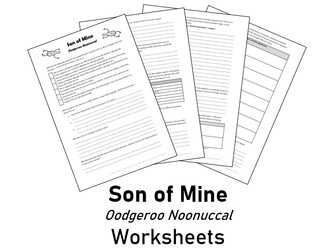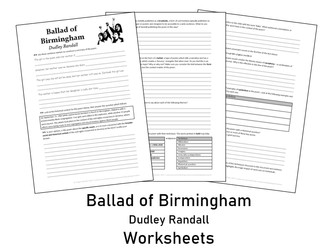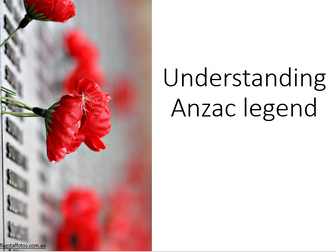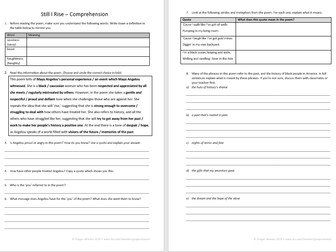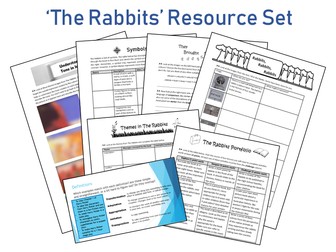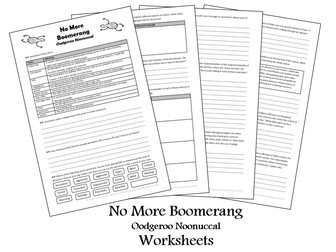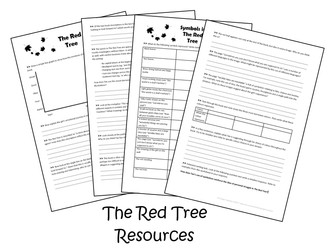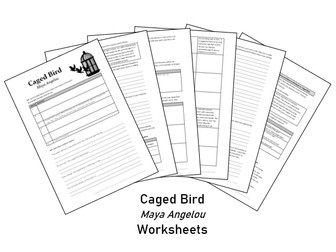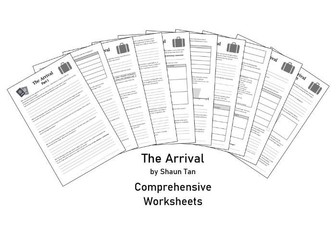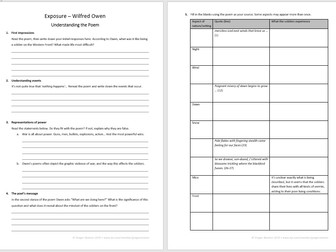Juxtaposition – Techniques Toolkit – Worksheet and PowerPoint
This resource focuses on the language technique juxtaposition. The worksheet begins with an information box which explains the technique, gives an example and explains its effect. This is followed by a range of activities which build in complexity through the two-page worksheet. Activities include identifying juxtaposition, analysing juxtaposition in examples and students writing their own examples.
The PowerPoint is designed to accompany the worksheet and includes answers and examples for many of the worksheet tasks, as well as a visual stimulus task.
This resource is suitable for a high school or upper primary school audience. The worksheet is included in both Word and pdf formats to ensure no loss of detail.
Image credit: Tool icon made by Good Ware from Flaticon and used under licence.
This ‘techniques toolkit’ resource is part of a set on language features and techniques in English. Check out these other techniques toolkit resources:
Allusion | Assonance, Consonance, Sibilance | Emotive Language | Euphemism | Focalisation (Point of View) | Iambic Pentameter | Imagery | Irony | Juxtaposition | Metaphor | Modality | Personification | Symbolism | Tone and Mood
